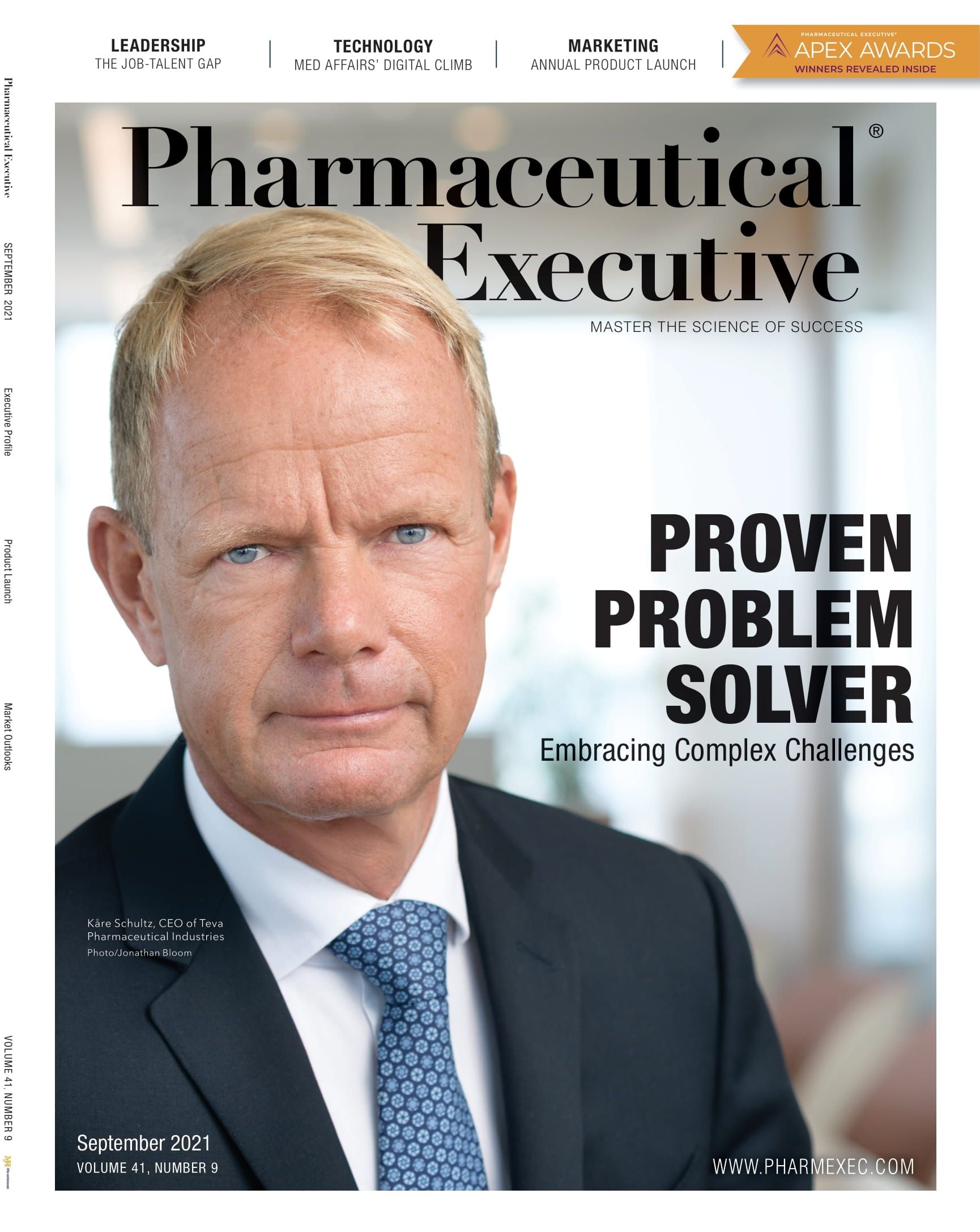More Jobs and Less Talent Has Created an Imbalance in Pharma
If not addressed, effects could impact innovation, diversity.

Over the past year, there has been an upheaval in human resources throughout the biopharma industry. An explosion of new biotechs and positions has created a shortage of talent—especially technical workers.
According to a recent talent trends survey by Randstad Sourceright, 75% of life sciences companies say the role of their HR has transformed significantly since the pandemic began, and 52% of life sciences human capital and C-suite leaders said talent scarcity has the biggest impact on their business. This is something the industry needs to address sooner rather than later.
Influencing factors
At the start of the pandemic, companies jumped into crisis management mode and, in some cases, the management of a quickly increased workload. Nick Stephens, executive chairman of The RSA Group, an executive search firm in global life sciences, says COVID put a spotlight on those senior executives who demonstrated—or lacked—the agility and execution skills required to navigate such turbulent times and led to a surge in new and replacement hires in the C-suite and at the board level. “Executives and directors with those skills were in high-demand,” he adds.
Since then, Stephens has seen three main themes arise in executive recruitment in the biopharma space: accessibility, geography, and money. COVID’s work-from-home (WFH) mandates made it easier than ever for companies and executive search firms to contact and engage with prospective candidates. However, separating out the curious from the truly interested became a much more important task than it had been in the past.
WFH also allowed people to vie for positions perhaps unavailable to them in the past if they were unable or unwilling to relocate. Stephens believes geography will continue to be almost irrelevant—except for the purposes of tax and IP planning and for resilient supply chains. There has also been a rise in compensation to “never-before-seen levels,” Stephens says. In order to stand out, companies are trying to lure prospects with attractive packages.
Disincentives and dangers
When it comes to flexible working, the life sciences sector doesn’t appear to be very flexible. Randstad estimates 35% of the sector’s permanent workforce will be remote by the end of 2021; that’s just slightly up from 28% prior to the pandemic. In contrast, most other sectors expect to see larger virtual workforces by year end. This might cause highly skilled candidates to look elsewhere.
The Healthcare Businesswomen’s Association recently reported that the gender pay gap also continues to be an issue in pharma. The median gender pay gap increased from 11% to 13% since the report was first issued in 2018. This could create another disincentive for women to join the biopharma ranks.
A scarcity of STEM talent could have repercussions on innovation. In addition, the slow adoption of transformative technologies such as AI could leave companies lagging. When it comes to using automation and robotics in their business, Randstad reports just 13% of life sciences firms increased their usage in the last year.
The issue of technical know-how was also brought up in a recent Time magazine article regarding how FDA was accelerating full approval of the Pfizer-BioNTech vaccine in light of the new Delta variant. As the agency decided if the vaccine was ready to be licensed, it had to pore through a tremendous amount of data, perform its own tests, and visit manufacturing plants to ensure quality control. In addition to requiring more manpower, this work demanded people with knowledge of the new technology used to create the novel vaccine.
Attracting talent
In addition to attracting skilled workers with generous compensation packages, as Stephens mentioned, companies are having to use incentives such as on-site childcare, dry-cleaning, medical care, and other amenities to entice employees, according to a recent article by JLL Life Sciences. To keep costs down, the article also cites the rising trend of life sciences clusters growing around areas that are close to talent hubs but offer lower-cost operations, such as Houston and North Carolina’s Research Triangle.
Until the biopharma industry can fill its open roles with qualified candidates, the challenge remains. “Urgent action is needed to promote, support, mentor, and actively recruit,” says Stephens. “Great people are more in demand than ever before, and the costs of making a mistake in hiring are bigger than ever before. Diligence and expertise are more essential than ever.”
Elaine Quilici is a Senior Editor for Pharm Exec. She can be reached at equilici@mjhlifesciences.com.
